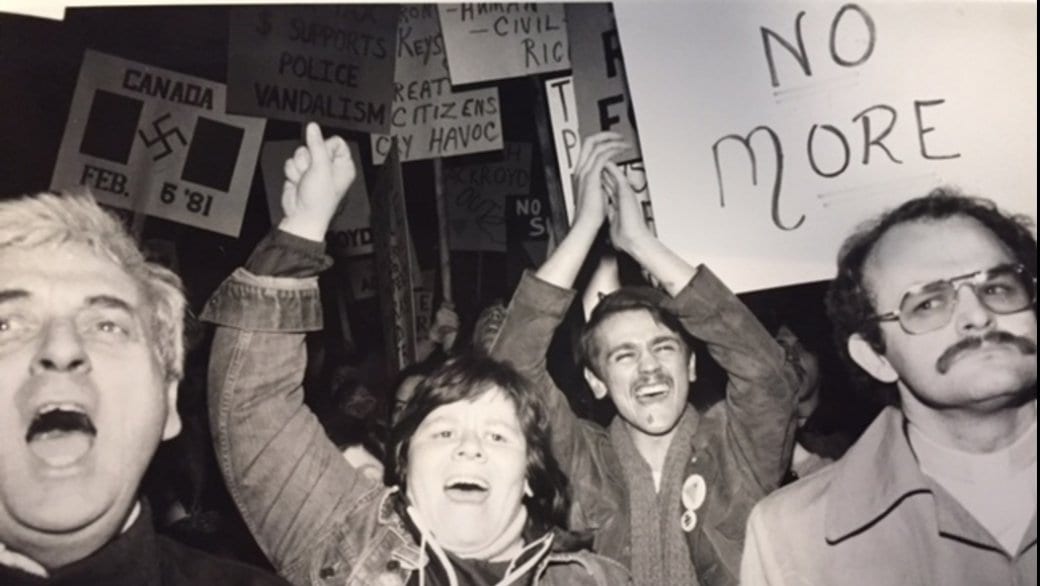As the community response to the police crackdown on men cruising for sex in Marie Curtis Park continues to unfold, I’ve been thinking about the past. It’s what I do; I’m a historian.
Back in the mid-1990s, I wrote a series of articles for Daily Xtra on the queer history of public sex in Toronto, including a piece about park sex. It details the long history of men having sex in the city’s parks — the oldest case I discussed dates back to 1913 — and the equally long history of the policing of sex in public.
Marie Curtis Park has its own history. Even the police know this, with one officer noting that “we’ve really got our work cut out for us. This has been something that has been so ingrained in the area for decades.”
When it comes to policing and public sex, it’s the same as it ever was. Or is it?
I detect some subtle but significant shifts in the way police are framing their practices in “Project Marie.” In particular, I’m struck by how the police are at pains to point out this is not about “sexual orientation,” to use their phrase. As the spokesperson for Toronto police put it, “I don’t think this has anything to do with the sexual orientation of those involved.” Rather, she says it’s a “type of behaviour that is not welcome in our public spaces.” Another officer said, “I want to make it very clear that the purpose of this project is not to target any one specific orientation or anything like that.”
In a certain way, the police are right. Men who cruise parks for sex, then and now, have a range of erotic identifications, not all of them gay. But I’m fairly certain the police aren’t offering a primer on the non-identitarian notion of MSM, or “men who have sex with men.” Rather, the police are anxious to reassure us this is not about sexual orientation in order to avoid accusations of homophobia and harassment.
According to police, it’s about “lewd behaviour” and “sexual activity in public,” irrespective of the erotic preferences of those engaged in such activities. Activists have countered that this is a smokescreen designed to obscure “an old-school queer-catching crackdown.” This is undoubtedly true, but if our analysis stops here, I worry we may be missing something important.
As the police shift the conversation from sexual orientation or identity to behaviour and activity, we are at risk of being out-maneuvered, for our movements and communities remain based on identity. Historically, queer identity and community have been cornerstones of our resistance. Activists responding to Project Marie have been quick to make the historical parallels to the 1981 bathhouse raids and the Pussy Palace raid of 2000.
Many of the men arrested in 1981 did not identify as gay but the bathhouses were so identified, so it made perfect sense to pitch it as a police attack on the queer community as a whole. This was tremendously successful as the pushback against the police mobilized thousands, including many who’d never stepped foot in a bathhouse.



Steven Maynard lives in Kingston, where he teaches the history of sexuality at Queen’s University.

 Why you can trust Xtra
Why you can trust Xtra


